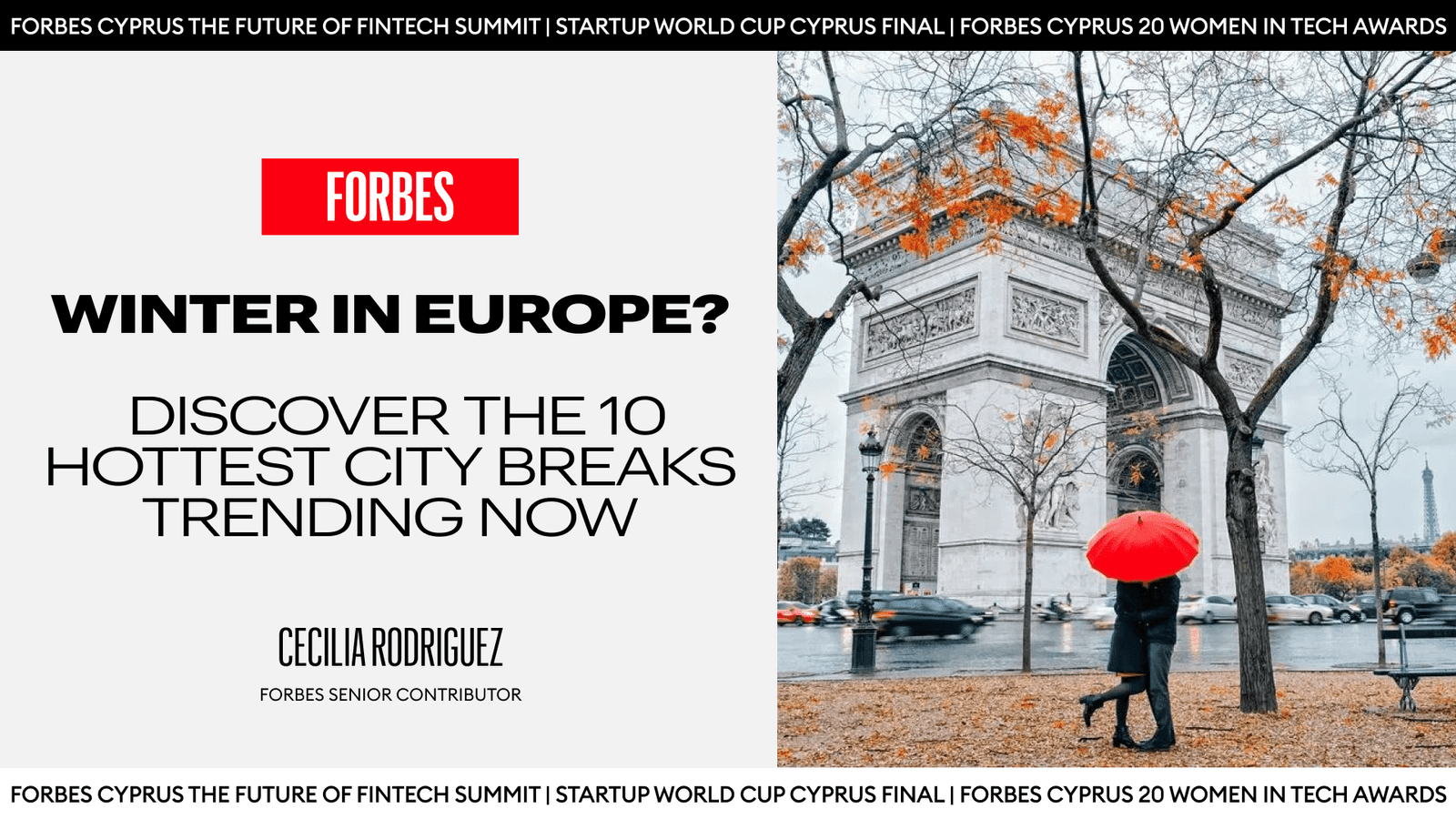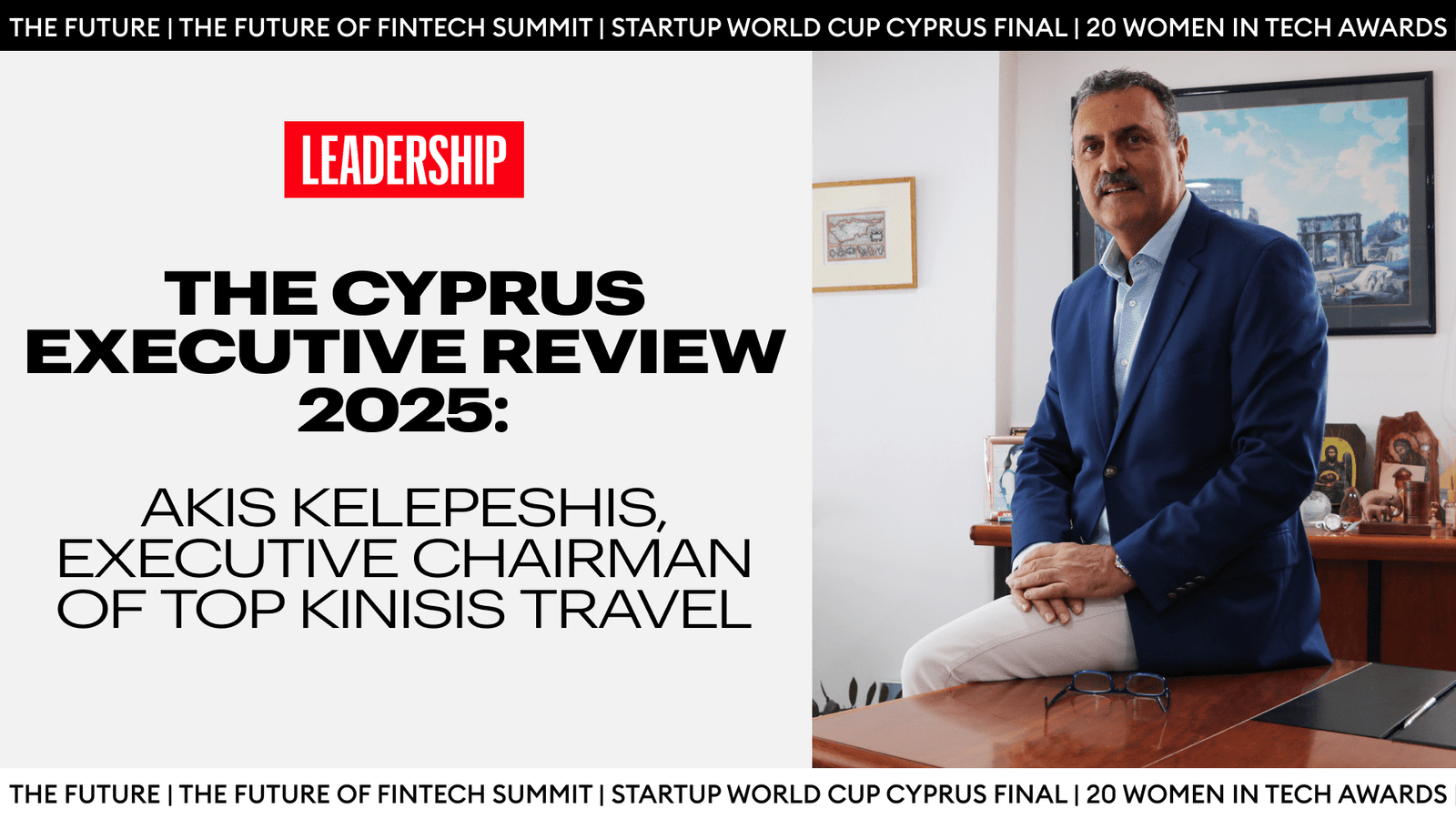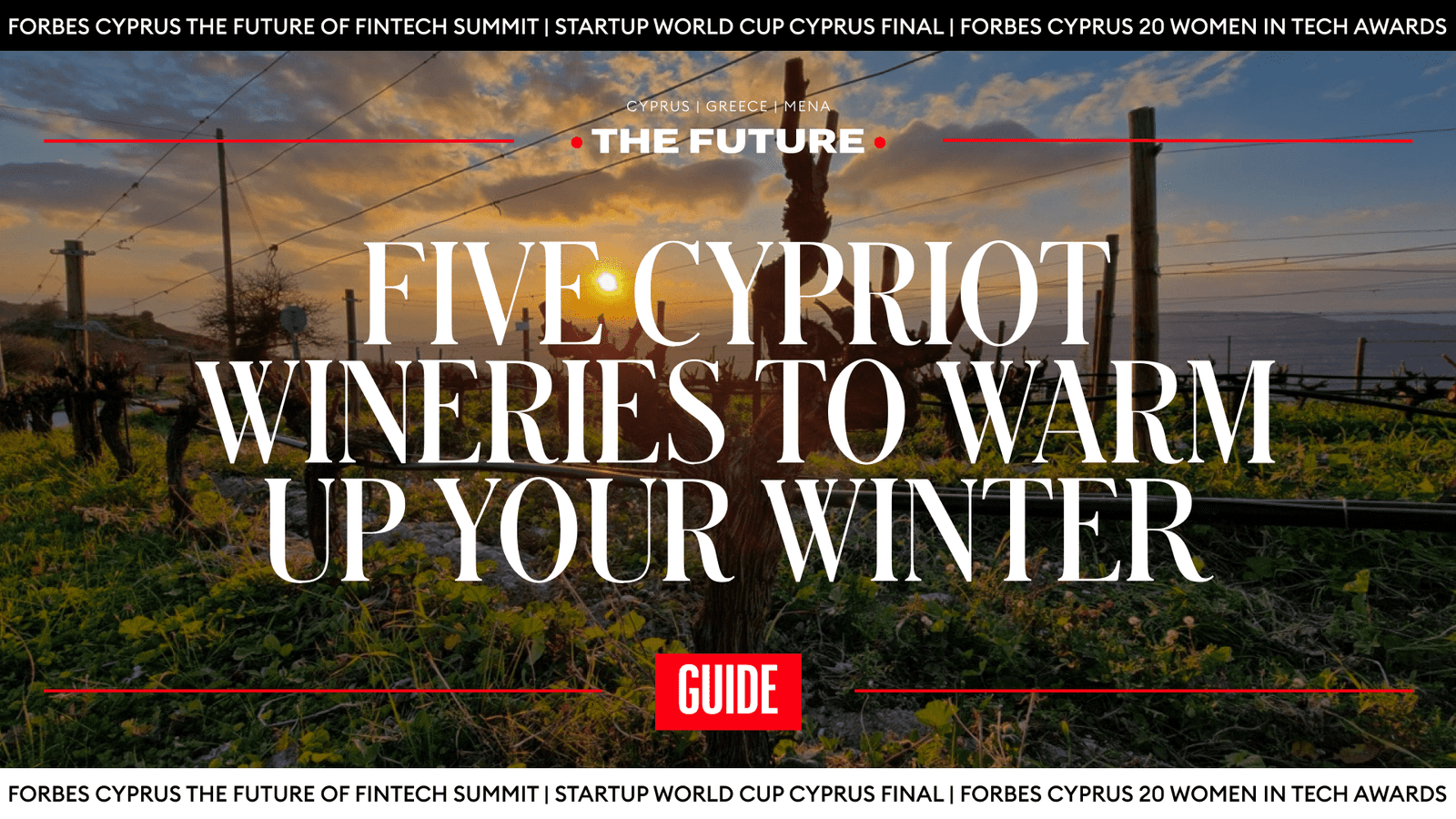Massimo Martina did not set out to become an art dealer. Yet, today, he is helping Cyprus locate its place on the global art map, one sculpture at a time.
An office space that doubles as a gallery is a far cry from the financial office that or once envisioned for himself. At school, he studied engineering, worked in banking, and built a career in corporate finance. But when a consulting job introduced him to the Dalí Universe, something clicked. He saw not just art, but a market opportunity.
Follow THE FUTURE on LinkedIn, Facebook, Instagram, X and Telegram
Today, Martina is an independent art dealer based in Cyprus, where he works with galleries and collectors from across Europe to distribute certified Dalí sculptures. In this exclusive interview with The Future Media, we discuss his choice to focus his business on Dalí sculptures, scalable business models for artwork, including strategy, audience, and the unique intersection of creativity and commerce.
Please share a little about your background. Who was Massimo before you entered the art world?
I come from a business and corporate background. I studied Management Engineering, and my first jobs were in a bank, initially in process management and then in corporate lending for medium- and long-term investments. Following that, I moved into an advisory corporate finance boutique.
Your transition from finance to fine art is fascinating. What defining moment made you leave the corporate world and immerse yourself in the art market?
It might be just fate or the direct consequence of my late great-grandfather’s influence. He was an important local artist, specializing in religious paintings and frescoes. While I was working at the corporate finance advisory firm, we had an engagement with Dalí Universe, a group in the art business with a huge collection of Salvador Dalí artworks and a portfolio of edition rights for some of the artist´s images. The project went well, and they ended up hiring me as their CFO.

What inspired your decision to base your art business in Cyprus? How has the island shaped your journey in the art and design world, and what strategic advantages does it offer?
The Dalí Universe was based in Cyprus for fiscal reasons, and this is how I became familiar with the business environment of this country. When I left my corporate role and switched to sales as an independent agent, I decided to establish my company here mainly due to the proximity to markets that the Dalí Universe was not yet serving and the ease of doing business in this jurisdiction. I also believe there might be an interesting niche in the local market for the artworks I offer.
How do you evaluate the current state and future potential of the art market in Cyprus?
I feel the art market here still has significant growth potential. While Cypriots might connect more with artwork by Cypriot and Greek artists, which is often offered by the galleries currently in the market, the large number of foreigners would probably connect more with artists with a more international profile, like those they could acquire in other European capitals. Historically, art has held great importance in the cultures of Israel, Lebanon, and Russia, and for at least the last century, many important collectors of modern and contemporary art have come from these countries.
What led you to focus on Dalí’s three-dimensional works rather than his paintings? What exactly do you offer to collectors in this area, and how does your business model work in practice?
As a former manager of the Dalí Universe, I have knowledge of and direct access to their collection. Thus, my choice derives from that of Mr. Beniamino Levi, the collector and art dealer who created what is now the Dalí Universe through a long process that started 50 years ago. Back then, his feeling was that Salvador Dalí’s paintings were already valued at high prices, while the sculptures still had interesting growth potential.
Personally, I like the concept of limited editions, as they offer the possibility to own a piece of art history without the need for huge investments, out of reach for the vast majority of people.
I bet Dalí, with his huge ambition, would consider owning a testament to his art a human right and duty (and by the way, we all do when we buy a Chupa Chups with its logo).
Can you walk us through how certified replicas of Dalí’s sculptures are created? What makes them different from ordinary copies, and who is involved in their production? What materials are used?
Here, I should correct the term you used. These sculptures are not defined as “replicas,” as this term is technically used to identify unauthorized copies. The correct terms are either “limited editions” or, even better, “multiples,” which identify sculptures or prints in edition sizes over 12.

Our sculptures were conceived by Dalí, who prepared the models and approved the first casts. He then sold the edition rights, which are now an asset of the Dalí Universe. The sculptures are in bronze and are cast by the Perseo Art Foundry in Switzerland. To be absolutely sure about the quality of the casting and guarantee to our collectors that they are purchasing a sculpture made following best practices, the foundry was acquired by the group many years ago.
Who oversees the certification process for these works? Are there specific organizations or experts you collaborate with to ensure authenticity?
The Certificate of Authenticity is issued by the Dalí Universe editor and has legal value. The images are listed and described in the catalogue raisonné of Salvador Dalí’s sculptural works, called “The Hard and the Soft” and written by the late Robert Descharnes, Dalí’s last personal secretary. His legacy as the world-renowned authority for Salvador Dalí’s artworks has been passed to his son, Nicolas Descharnes. While Mr. Nicolas Descharnes doesn’t issue all of the certificates, he has confirmed the authenticity of these sculptures on several occasions.
What determines the price of a certified sculpture, and what price ranges do your pieces typically fall into?
The value of an artwork is fascinating because the price is not set in stone. Art is one of the few markets where the “correct price” for a unique piece is that at which the seller is willing to sell and the buyer is willing to buy. If the piece is absolutely unique, the buyer can´t get it from other sellers. However, on the other hand, art is not a primary need, so the buyer is not forced to proceed with a transaction if they don’t want to.
For the multiples (remember, not replicas), this isn’t entirely true, as there might be other sellers with a different exemplar of the same edition. The theoretical argument could be that the value of a piece should be the value it would have if it were unique, divided by the edition size. In our case, Dalí Universe has a suggested price list that applies to their customers and provides an indication of the market value.
Prices are periodically revised based on sales volumes. Prices, including Cypriot VAT, start at about €18,000 and reach up to €50,000.
Who are your primary clients — collectors, investors, institutions? And how do you reach and engage with this audience?
I generally work with galleries and art dealers, giving them the possibility to add our sculptures to their offering portfolio. As Salvador Dalí is very present in contemporary culture, it is always a worthy addition for a gallery, not only for the potential sales but also for the marketing effect.
To reach them, I often visit fairs and exhibitions, and I try to build a personal relationship with them. Given the century we live in, I have social media pages on Instagram, Facebook, and LinkedIn (I still haven’t figured out X, TikTok, and all the rest). I curate a personal webpage (www.massimomartina.art), and one specifically dedicated to Salvador Dalí sculptures (www.dalisculptures.com). My purpose with these channels is not only to reach my potential clients but also to spread knowledge about Dalí, his art, and his three-dimensional realizations, both to offer my clients tools for discussion with their collectors and to inform the broad public about topics I am passionate about.
In today’s rapidly changing market, do you believe art remains a sound investment? What trends are you seeing in how collectors approach art as an asset?
Art is surely a good financial investment, especially if it’s from an established artist like Salvador Dalí, whose values are not subject to speculation and huge swings. Furthermore, I am extremely convinced that the search for beauty and emotions is key in our lives. We don’t emphasize it enough, but art has a deep impact on our health. Numerous studies show that art in workspaces increases well-being, creativity, and even productivity. I don´t believe this can be said for most other financial investments.
What’s next on the horizon for you and your business?
At the current stage of my business, I am focusing on expanding my client portfolio and reaching new geographical areas. In the long term, I would also like to help some living artists build their network of collectors and galleries, perhaps leveraging my Italian nationality and Cypriot residence to build a bridge between these art markets across the Mediterranean.













